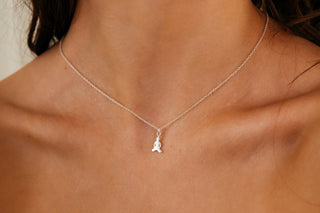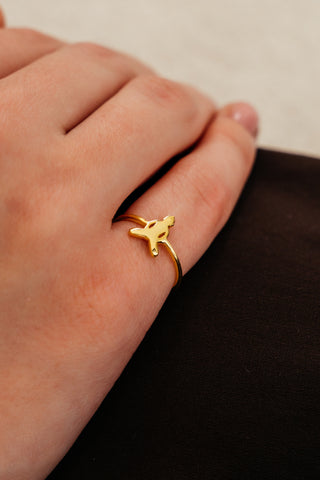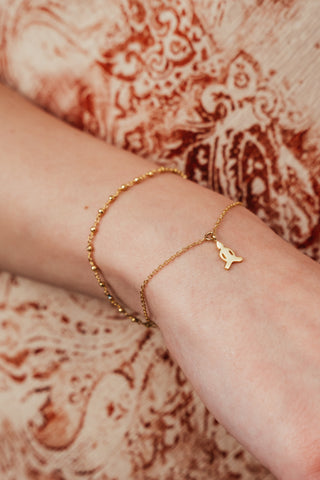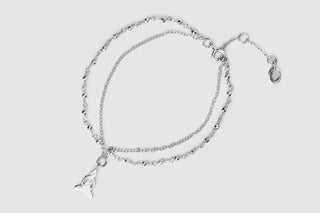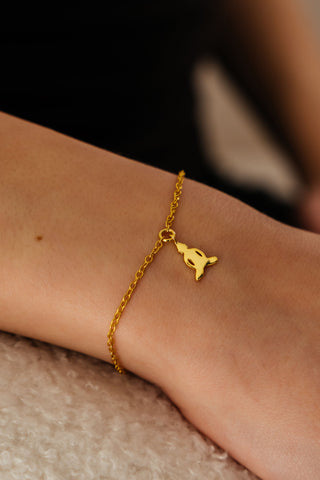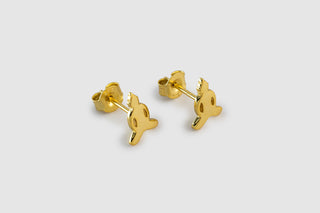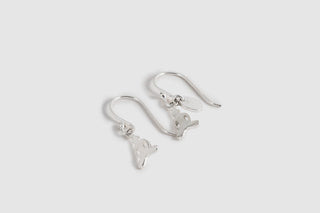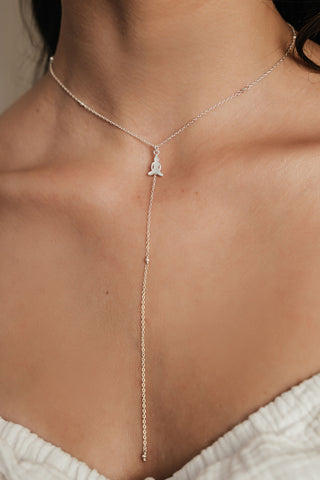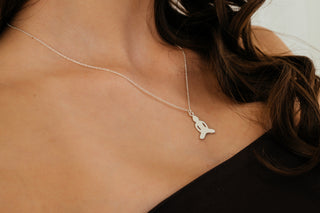From Enlightenment to Contemporary Influence
Buddhism, one of the world’s oldest religions, has deeply influenced global culture, art, and spirituality. It all began with the story of Siddhartha Gautama, later known as the Buddha, whose teachings have inspired billions over centuries. Today, the image and symbols of Buddha hold a significant place in contemporary design, decor, and personal adornments like jewelry. This article traces the fascinating journey of the Buddha from his early life to modern aesthetics, exploring why incorporating these symbols into decor and jewelry is a meaningful and stylish choice.
The Life of Siddhartha Gautama: The Birth of Buddhism
Siddhartha Gautama was born around 563 BCE in Lumbini, present-day Nepal, into a royal family. As the son of King Suddhodana and Queen Maya, Siddhartha was shielded from the harsh realities of life. Surrounded by luxury, he lived a sheltered existence in his father’s palace, where he was provided with every indulgence to ensure he would not be drawn to the spiritual path.
However, Siddhartha’s life changed when he ventured beyond the palace walls and encountered the “Four Sights”—an old man, a sick person, a corpse, and a wandering ascetic. These profound experiences revealed to him the impermanence and suffering inherent in life. At the age of 29, Siddhartha renounced his princely life, leaving behind his family and wealth to seek the truth about human existence.
For six years, he practiced severe asceticism, subjecting his body to extreme hardships. Realizing that self-mortification was not the path to enlightenment, he adopted the “Middle Way”—a balanced approach between indulgence and austerity. Sitting under the Bodhi tree in Bodh Gaya, Siddhartha meditated deeply and, after weeks of reflection, attained enlightenment. He became the Buddha, the “Awakened One,” and spent the rest of his life teaching the Dharma—the principles of ethical living, meditation, and wisdom.
Main Points of Buddha’s Teachings
- The Four Noble Truths
- Life is suffering (dukkha).
- Suffering is caused by craving and attachment (tanha).
- There is a way to end suffering.
- The path to end suffering is the Noble Eightfold Path.
- The Noble Eightfold Path
- Right View: Understanding reality and the Four Noble Truths.
- Right Intention: Cultivating good will and renouncing harm.
- Right Speech: Speaking truthfully and kindly.
- Right Action: Acting ethically and avoiding harm.
- Right Livelihood: Pursuing a moral and non-harmful occupation.
- Right Effort: Practicing self-discipline and avoiding unwholesome states.
- Right Mindfulness: Being present and aware.
- Right Concentration: Developing deep mental focus through meditation.
- The Three Universal Truths
- Impermanence (Anicca): Everything changes and nothing is permanent.
- Suffering (Dukkha): Suffering is a part of life.
- Non-Self (Anatta): There is no permanent, unchanging self.
- The Middle Way
- Avoiding extremes of indulgence and self-denial, and seeking balance.
- Karma and Rebirth
- Actions have consequences, and the cycle of rebirth is influenced by karma.
- Compassion and Loving-Kindness
- Practice kindness, compassion, and empathy toward all living beings.
The Symbolism of Buddha in Contemporary Design
Buddhism’s global influence grew as travelers, scholars, and spiritual seekers carried its teachings to the West in the 19th and 20th centuries. Today, Buddhism is practiced by millions worldwide, not only as a religion but also as a philosophy and way of life. Its focus on mindfulness and inner peace resonates deeply in contemporary society, especially in an age marked by stress and materialism.
The serene image of the Buddha, with its calm expression and meditative posture, has become a universal symbol of tranquility and spiritual awakening. Contemporary design has embraced these symbols, integrating them into home decor, fashion
Valuation and sacral meanings of jewelry with the Buddha Symbol
The Buddha symbol in jewelry represents a fresh, meaningful approach to self-expression, blending spirituality, elegance, and individuality. Unlike conventional adornments, Buddha-inspired pieces transcend aesthetic appeal, offering wearers a connection to mindfulness, inner peace, and a higher sense of self-awareness. In today’s fast-paced world, such symbols remind us to embrace tranquility and compassion, making them deeply personal and resonant.
Incorporating Buddha into jewelry is a modern reinterpretation of an ancient icon, making it accessible to people of diverse cultures and beliefs. From pendants to bracelets, these designs often incorporate intricate craftsmanship and contemporary styles, creating pieces that are as unique as the wearer. The Buddha symbolizes enlightenment and balance, and wearing it can serve as a subtle expression of one’s journey toward personal growth and harmony.
This trend also aligns with the growing appreciation for meaningful, intentional fashion. Buddha jewelry allows individuals to communicate their values and spiritual aspirations in a stylish yet understated way. Whether chosen for its spiritual significance or its artistic appeal, this form of jewelry is a refreshing alternative to conventional motifs, offering a way to blend timeless wisdom with modern self-expression. It’s more than an accessory—it’s a statement of inner peace and individuality.




